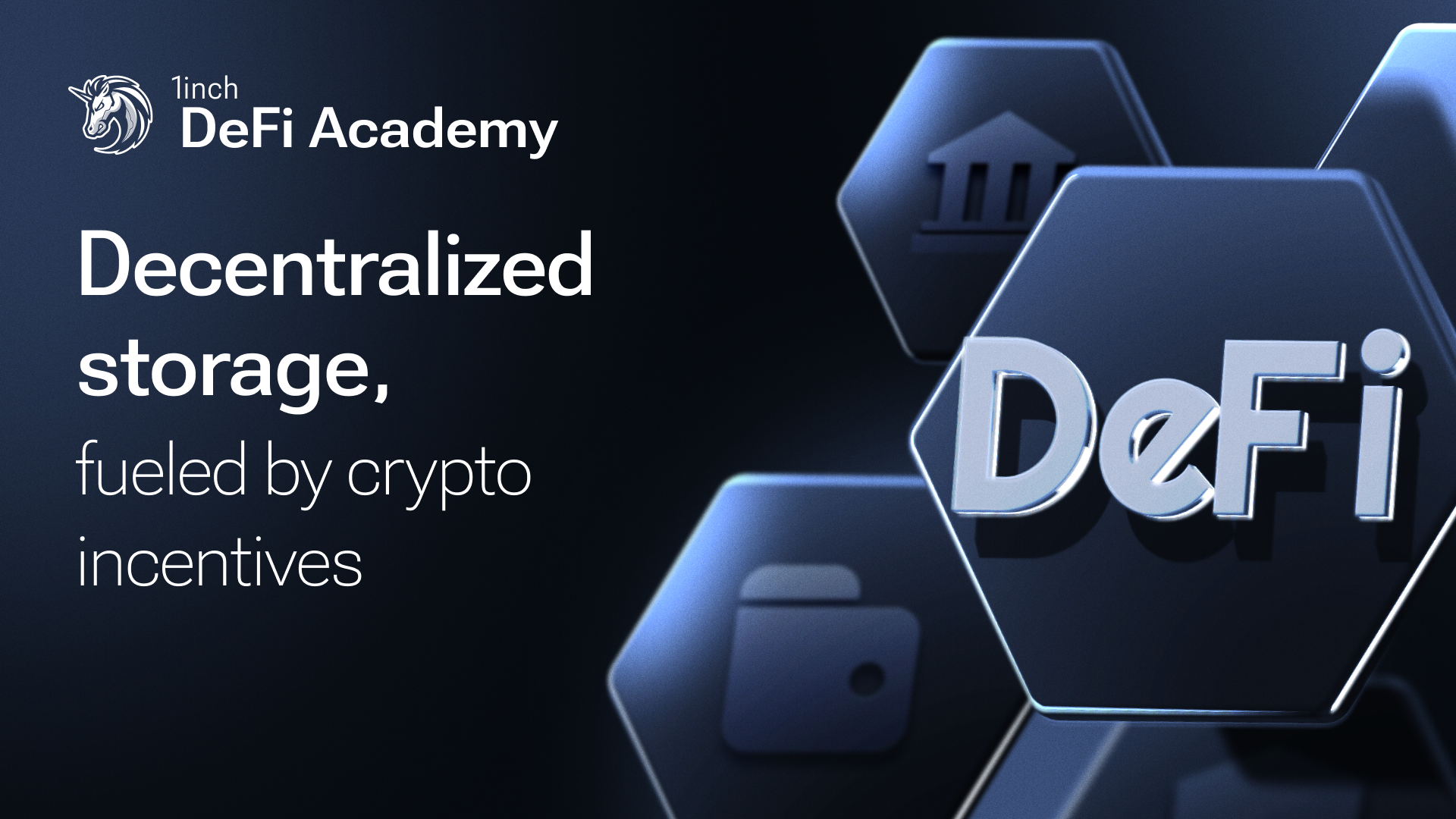1inch Davos conference: From vulnerability to victory

Here’s the final post in our series of highlights from Shaping Tomorrow’s Financial Landscape Through DeFi, the conference 1inch held at the World Economic Forum Annual Meeting in Davos.
At “From Vulnerability to Victory: How DeFi Leaders Are Protecting the Ecosystem”, our panel of industry experts examined the evolving regulatory landscape, as well as wider risks and opportunities facing DeFi as institutional interest grows.
Moderator Heidi Navazan, 1inch’s Chief Compliance Officer, was joined byPriscilla Adams, Group Compliance Director at Bullish; Vidas Maha Al-Saadi, Head of Regulatory Affairs at Qatar Financial Center; Stephen Phillips, Senior Advisor to Regulatory and Industry Experts; and Gino Wurthenson, Chief Legal and Compliance Officer at Laser Digital.
Watch the full video of the panel!
DeFi’s growth and associated risks
Priscilla Adams outlined how institutional players are entering DeFi, driven primarily by yield opportunities.
“If you compare where we were in 2023, when there was a lot of buzz and a lot of money flowing into digitized or tokenized treasuries, a lot of that was because there was zero yield that you could get anywhere else,” she explained. “Now what's happened over 2024... is the appearance of staking opportunities, the yield opportunities. When you start talking about institutions, you're really just talking about money.”
However, she also highlighted the potential fragility of some DeFi protocols offering unsustainable returns.
“If you see 27% yields, 30% yields or higher, how much of that is actually sustainable?” Adams warned. “It feels like a bubble, but nothing's blown up yet. So we'll wait and see.”
Beyond potential instability, the panelists identified critical risks associated with DeFi, including information asymmetry and counterparty risk. Stephen Phillips pointed out the fundamental challenge of navigating smart contract vulnerabilities and the lack of legal entities responsible for DeFi protocols.
“So for instance, a smart contract that is running the protocol—is it immutable?” he said. “Or can a developer come and change stuff on a whim and extract a lot of money? And you might not know. It might be impossible to actually find who's behind it as well.”
A regulatory balancing act
While institutions are interested in DeFi, the regulatory landscape remains a key challenge. Maha Al-Saadi emphasized Qatar’s cautious approach.
“From Qatar's point of view, we decided that it's a bit too early to regulate and look into DeFi in that sense,” she said. “We're taking a wait-and-see approach. We all know there is no stop button for DeFi. It's global by nature.”
At the same time, the panelists stressed the importance of risk mitigation. Gino Wurthenson highlighted how compliance frameworks could play a role in helping institutions navigate DeFi.
“There are risks on a more systemic level,” he said. “There are risks about the integrity of financial markets and financial systems. If on the other side of a trade is a sanctioned person or somebody who wants to launder proceeds from illegal activities, that's a challenge.”
He explained that regulated CeFi players could help address these concerns by implementing due diligence, compliance processes and anti-money laundering (AML) frameworks to provide safer entry points for institutional investors.
Building on the compliance discussion, Heidi Navazan explained how 1inch has taken a proactive approach to security and self-regulation, implementing multiple layers of protection to safeguard users.
“I believe we collectively agree – even in DeFi, even if it’s purely decentralized – the moment you are playing a role in a financial ecosystem, you have a responsibility to maintain a certain bare minimum of market integrity and security measures. At 1inch, we started self-regulating ourselves. We didn’t wait for regulation to come, ” she explained. “User protection is a matter, security is a matter, and auditing smart contracts is important. We even went further, using TRM Labs, Hypernative and three additional detection systems to monitor on-chain activity and blacklist certain wallets associated with bad actors.”
The future of institutional DeFi participation
Panelists agreed that institutional DeFi adoption is inevitable but will require clear frameworks. Priscilla Adams voiced skepticism about CeFi players taking on DeFi-related risks in the current environment.
“What CeFi exchange would in today's world honestly take that risk?” she asked. “There’s a huge risk of acting as an intermediary between a customer and a DeFi protocol and smart contract.”
Gino Wurthenson suggested that careful due diligence could help CeFi players provide a more secure gateway to DeFi.
“We cannot give customers access to all the pools out there,” he said. “That's simply not a risk which anybody can take. But there are still some pools where, after proper risk assessment, institutions can open a space in the DeFi world to some of their clients.”
The Tornado Cash precedent
The conversation turned to the impact of the Tornado Cash sanctions, which sparked debate about the nature of DeFi and regulatory overreach.
“If you can control the protocol, it's not DeFi,” Stephen Phillips stated. “If you have an identifiable person in control, is it really DeFi still?”
Maha Al-Saadi referenced a 2018 BIS paper titled Decentralization is Just an Illusion, arguing that many DeFi projects still involve centralized control to some extent.
“We’re replacing centralized intermediaries with virtual intermediaries,” she said. “In a lot of cases, you would always be able to see a sense of concentration into a particular party.”
Custody: self-hosted or centralized?
To close the panel, speakers debated the pros and cons of self-custody versus centralized custody solutions. Stephen Phillips advocated for self-custody.
“Not your keys, not your crypto,” he said. “Centralized exchanges become a honeypot for hacking.”
Others took a more balanced approach.
“I have both (custodial and self-custodial wallets),” Maha Al-Saadi admitted. “I prefer centralized because I don’t have to think about it too much, but a basic financial principle is diversification.”
Priscilla Adams pointed out the risks of trusting centralized custody providers, citing concerns over transparency and potential sudden rule changes.
“When you rely on a centralized wallet or a hosted wallet, and they suddenly change the rules of the game, we need better solutions,” she said.
Explore the Web3 space with 1inch!




























